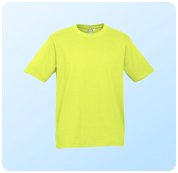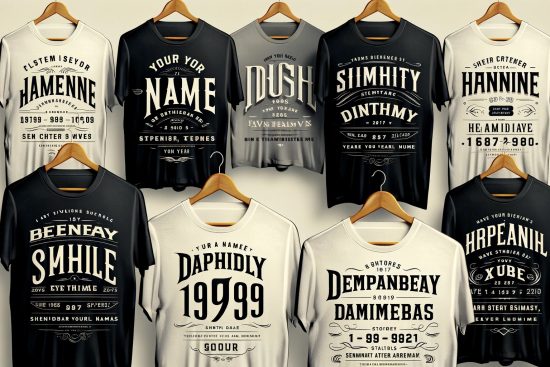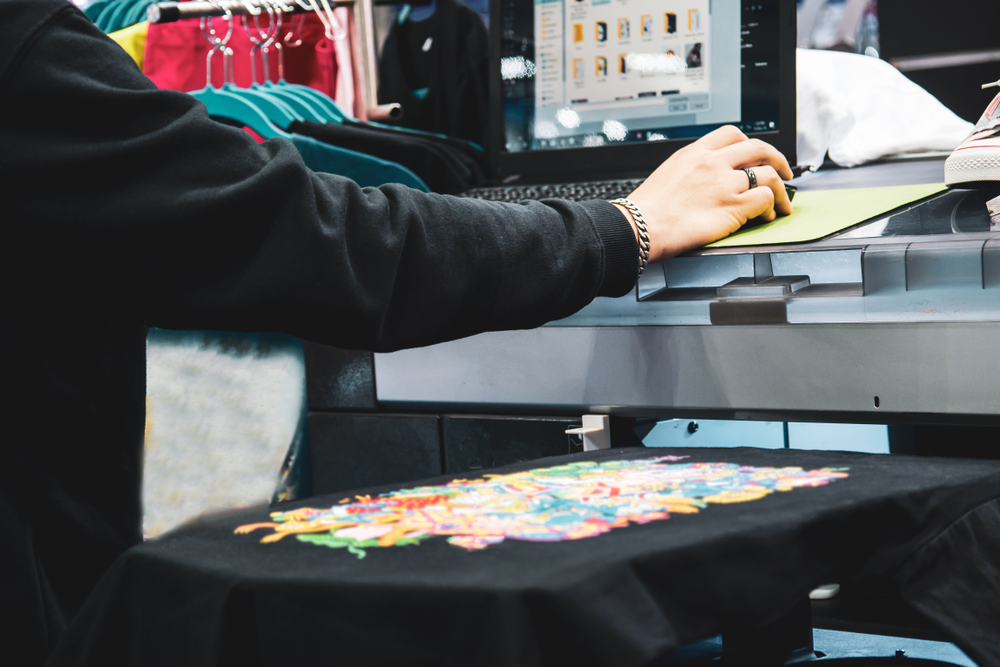
|
Getting your Trinity Audio player ready...
|
Customised t-shirts give hype to your style because they define your personality somehow. Has the thought ever crossed your mind about what makes exactly perfectly printed t-shirts? No doubt, printed t-shirts look cool, but what makes them so is the right t-shirt printing methods. So, if you want to learn about how to print t-shirts like a pro, here are a few t-shirt printing techniques that will help you out in the t-shirt printing process.
The design speaks for itself when you see the results with seamless designs and lots of colours merged together in perfection. If you want to learn about how to print t-shirts like a pro, here are different types of t-shirt printing methods that will help you out in the printing process.
Direct to Garment Printing
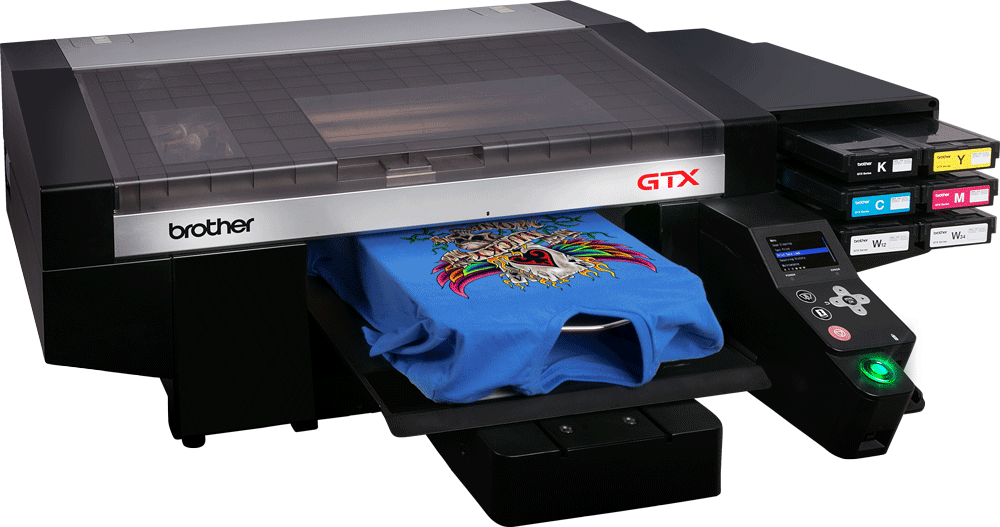
Direct to garment printing is among the fastest-growing t-shirt printing methods, mainly because it is easy to use. It works similar to a paper printer with the only difference that the print is on fabric. This one is perfect if you are thinking of printing photos on t-shirts because the inkjet technology it uses can print complex designs without any colour restrictions.
DTG printing process
DTG is the best printing method for printing logo on a shirt as there is no limit to the choice of colours. To print your t-shirts with the DTG method, connect the DTG printer to your computer. After that, choose a graphic design or image, and the printer will directly print it on the t-shirt. Make sure to adjust the colour scale and range to get accurate results.
Pros & Cons of DTG printing
DTG printing gives a soft feel on the fabric because the ink is very thin. There is no limitation of colours, as there is with some other printing methods, but you can use any image, pattern, and graphic to print in more than 100 colours, and the result will still be remarkable.
The only disadvantage of DTG is that the print may fade away after you wash it several times. To prevent this, you can turn the print side of the t-shirt inside before washing.
Screen Printing
Screen printing is also known as silk screen printing. It uses nylon mesh screens to apply ink on the fabric. Professionals prefer this method for bulk orders because it is durable and affordable.

Read More: T Shirt Printing DTG Vs Screen Printing
Screen Printing process
In tshirt screen printing, take mesh screens and stretch them onto wooden frames. Hold the frame with the mesh screens while a water-proof blockage covers the negative space that you wish to design. Spread the colour on the screen. Once the ink has been spread, the negative space will print the design on the fabric. Other types of screen printing are puff print technique, glitter finish, or glow in the dark finish.
Pros & Cons of screen printing
Since screen printing ink is thicker, it creates vibrant designs that last longer. It is also a pocket-friendly option because it prints simple designs with fewer colours.
A disadvantage is that you may not get the ideal results by trying to print a complex design in this method because it uses one colour per screen.
Also Read: How to Screen Print: A Step-by-Step Guide for Beginners
Dye Sublimation
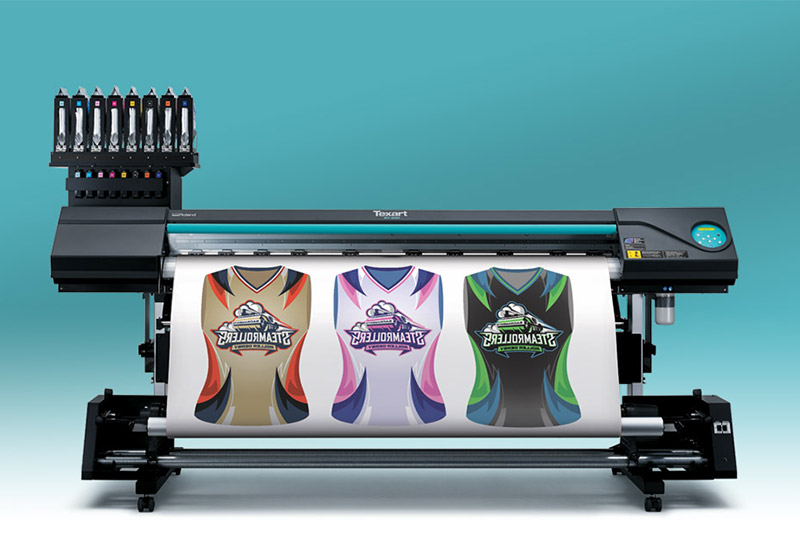
Dye sublimation is an amazing option to choose if you have light fabrics, such as polyester, cotton blend fabric, or pre-treated ones, but with unpredictable results. However, it gives the finest results on polyester because it turns solidified inks into gas vapours to retain the softness of the fabric. It is easy, but you need to have extensive knowledge about printing photos on t shirts with dye sublimation.
Dye-sublimation printing process
The t-shirt printing equipment you need to design dye sublimation shirts is sublimation printer, heat press, inks, and release paper. With the combination of heat and pressure, special dyes & rollers transfer the design onto the fabric before the sublimation ink has a chance to melt.
Pros & Cons of sublimation printing
To print larger designs on light fabrics, this one is the perfect match because it uses inkjet transfer technique and a unique vaporising technique to give perfection. The print design you get with dye sublimation is clear, crisp and the colours will almost never fade as the fibres of the printed fabric absorbs the colour.
A drawback of dye sublimation printing is that it only gives the desired results on polyester fabric because the sublimation procedure only bonds with polyester fabric. It will not work on cotton t-shirts.
Also Read: The Complete Guide to Sublimation Printing
Vinyl Heat Transfers
Vinyl transfers is another method that is growing in demand because of the matchless finishing it offers. This technique is similar to that of the heat transfer printing process because it imprints the design on the fabric with heat and pressure. You can also use it as one of the best alternatives to screen printing for better results in multi-colour designs.
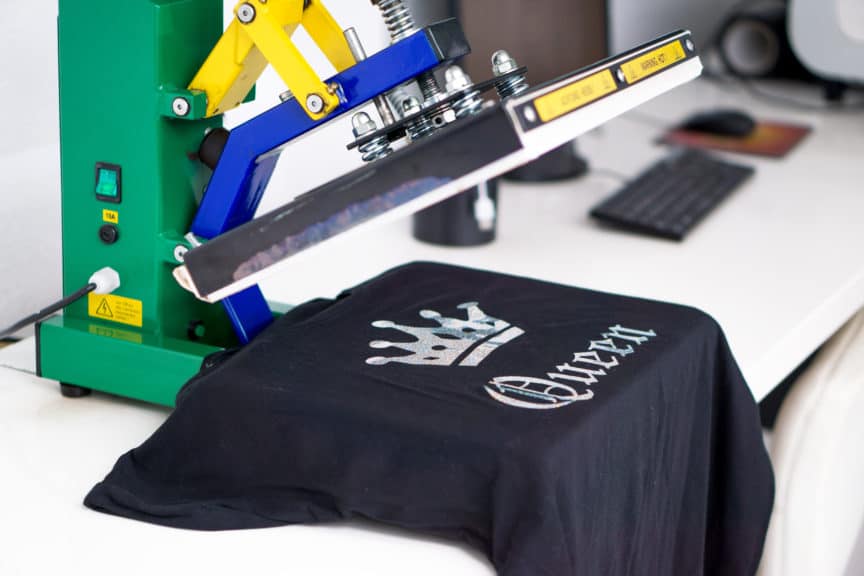
Vinyl heat transfers process
If you are thinking about how to print something on a shirt with vinyl heat transfers, it is simple. Get the equipment including a heat press, heat-resisting sheets, computer, printer, inks, vinyl cutter, and vinyl transfer paper. Select a graphic image on your computer and print it onto the vinyl heat transfer paper. Heat up the heat press and adjust the pressure depending on the thickness of the fabric. Place your tshirt face-up on the heat press plate and press it shut. After that, remove the vinyl sheet.
Pros & Cons of vinyl heat transfers
The vinyl heat transfers ensure durability because the design is merged within the fabric through heat. The colours last longer no matter how many times you wash it.
The drawback is that this method is time-taking because of the many steps you have to follow.
Also Read: Things You Should Know Before You Buy Heat Transfer Paper
Laser Transfers
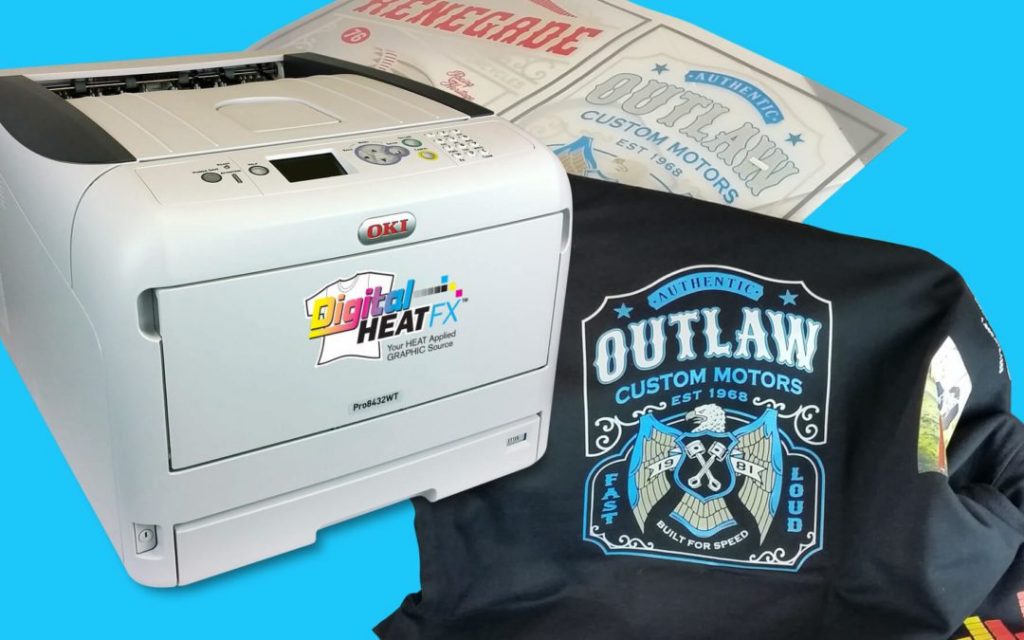
Laser transfers are the ideal solution for anyone who is looking for the perfect representation of every colour in a single printed image. This process requires high-quality laser printers to transfer design & images on to the fabric.
Laser transfers process
For laser transfer, use a laser printer, heat press, and heat transfer papers to bring out the exact resolution of the image as shown on your computer screen. Select an image or design and customise it with according to the requirements. Send the file to the laser printer where it will transfer the media on the transfer sheet. Use heat to imprint the image on the fabric.
Pros & Cons of laser transfers
Laser transfers are perfect for printing digital images on tshirts because the laser printers mostly follow a CMYK colour printing technique. You can get similar results on darker coloured t-shirts if your laser printer has a white-toner.
An issue with this technique is that the process involves heating., If a tshirt cannot handle excessive heat, you cannot print on it.
Digital Full Colour Transfer

For a modern way to print your T-shirts, you can switch to the digital transfers or digital full-colour transfer. This method is comparatively less expensive as you won’t have to spend on a separate ink colour. The procedure makes the design on the tshirt to become more visible because of the vibrancy of the high resolution colours
Digital transfers process
The technique of digital full-colour transfer is pretty simple. Select a design on your computer and transfer the selected design onto a thin vinyl transfer paper. Cut out the design such as the inner parts of the alphabets, for a finessed look. Now, place the design on the fabric & affix it with the help of a heat press.
Pros & Cons of digital transfers
With digital full-colour transfer printing, you have an unlimited range of colours because the inks include CMYK toner and extended colour gamut inks. This method works different fabric materials, including cotton, polyester, and nylon.
Single colour designs may not give you optimal results because of the range of inks a digital printer uses.
Also Read: Your Guide to the Best T Shirt Design Software
Resist Dyeing
Resist dyeing is a traditional t-shirt printing method that is popular to date. This is one of the most used DIY t-shirt printing methods because you do not need excessive machinery and set up for this one. You can print intricate patterns and colours on the fabric by using Tie and Dye and Applied-Resist technique also called Batik.
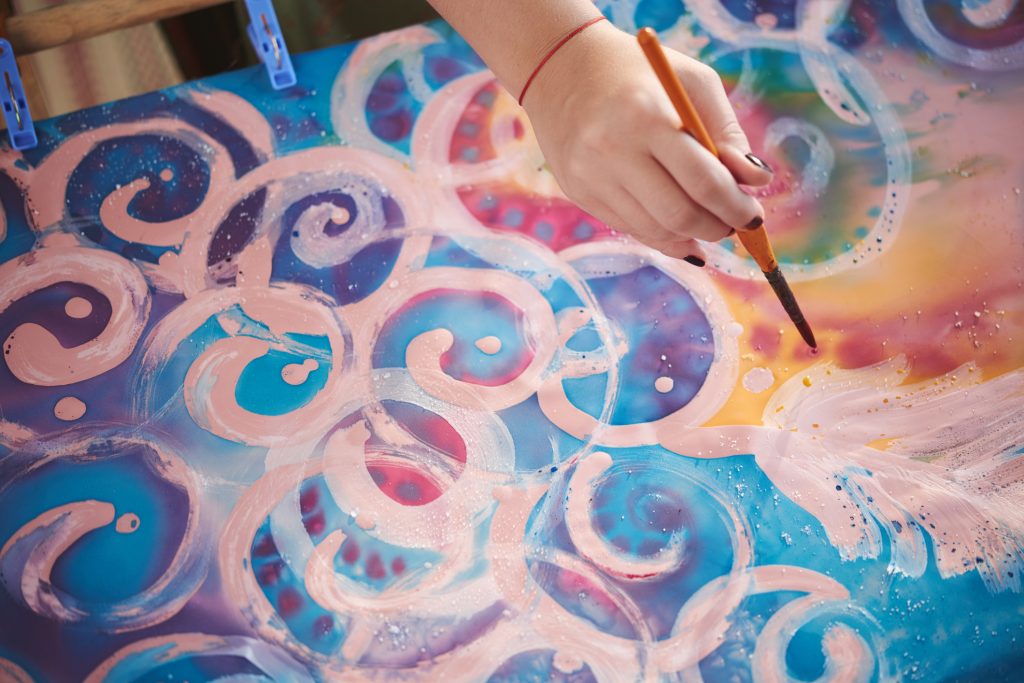
Resist dying process
If you are using the tie-dye resist method, pinch certain areas of the tshirt and tie them into a thread, so that beautiful patterns will emerge after the dyeing is complete. Try using different colours to enhance the design by repeating the process with one colour at a time. As for batik, apply wax or paste on the areas you do not want to be coloured during the dyeing operation.
Pros & Cons of resist dying
You can never run short of variety while resist-dyeing your t-shirt because you get a different design with every dye. Keep switching the areas tied or covered with wax to end up with unique designs every time.
You cannot get a specific design or image by printing your t shirts with this method because it is more pattern-specific.
Conclusion
Even after the emergence of technologically advanced printing methods, some traditional ways of are still alive. This is only due to the fact that every technique fulfils different needs. Some are extremely durable with the colour quality while others are easy for bulk orders and are inexpensive. To choose which t-shirt printing methods is good for you, make sure you list down your requirements and budget, beforehand.
Also Read:
T Shirt Designing Mistakes You Must Avoid!
FAQs
What is the best t-shirt printing method?
Every printing technique is unique due to its distinctive style and result. DTG is the most durable and direct way to print any design on a t-shirt. On the other hand, screen printing is widely used for bulk orders. Similarly, dye sublimation offers premium quality with its special colour vaporising technique.
Can I use a regular printer for heat transfer paper?
It is preferable to use inkjet or laser printers as they work best with heat transfer papers. The regular printer may not provide the exact result of the image resolution when printed on fabric.
What type of paper is used for t-shirt printing?
Transfer papers are mostly used for transferring images to the fabric of t-shirts to get a lively and pulsating effect. Vinyl sheets, sublimation sheets, dark sheets, and light sheets are also a popular type of fabric printing papers.

